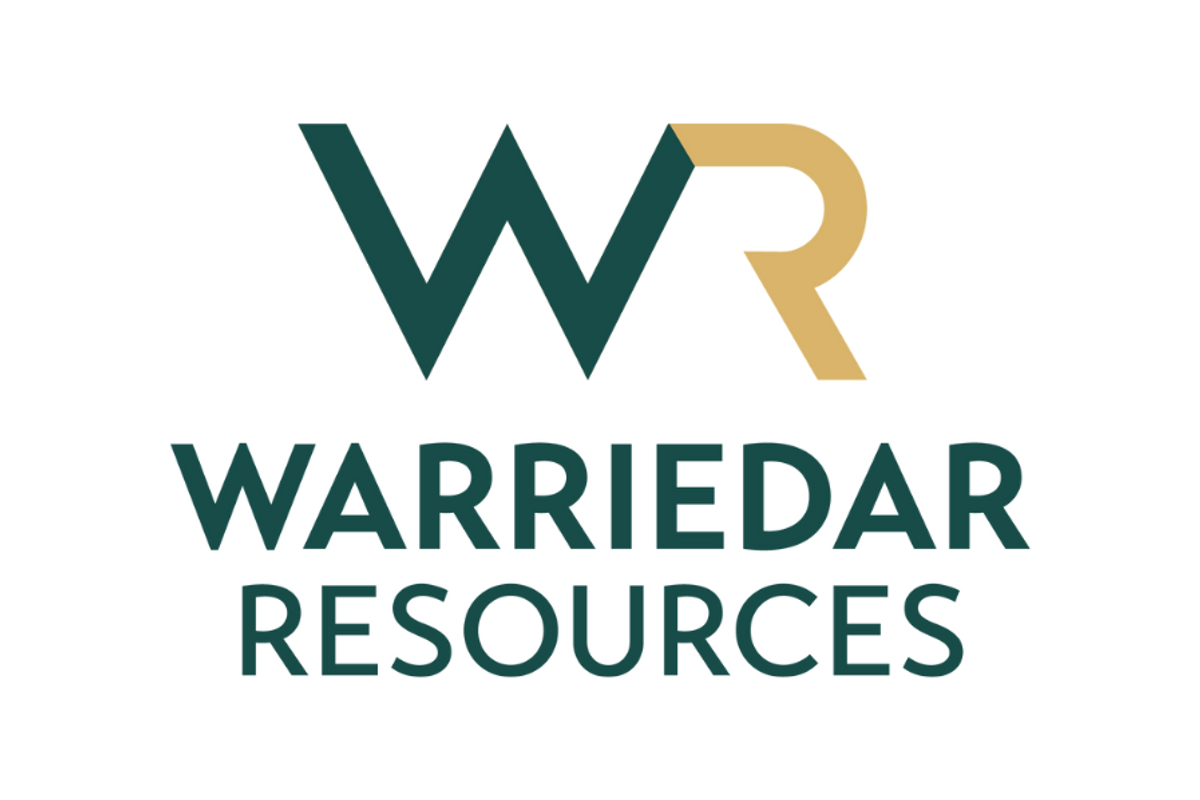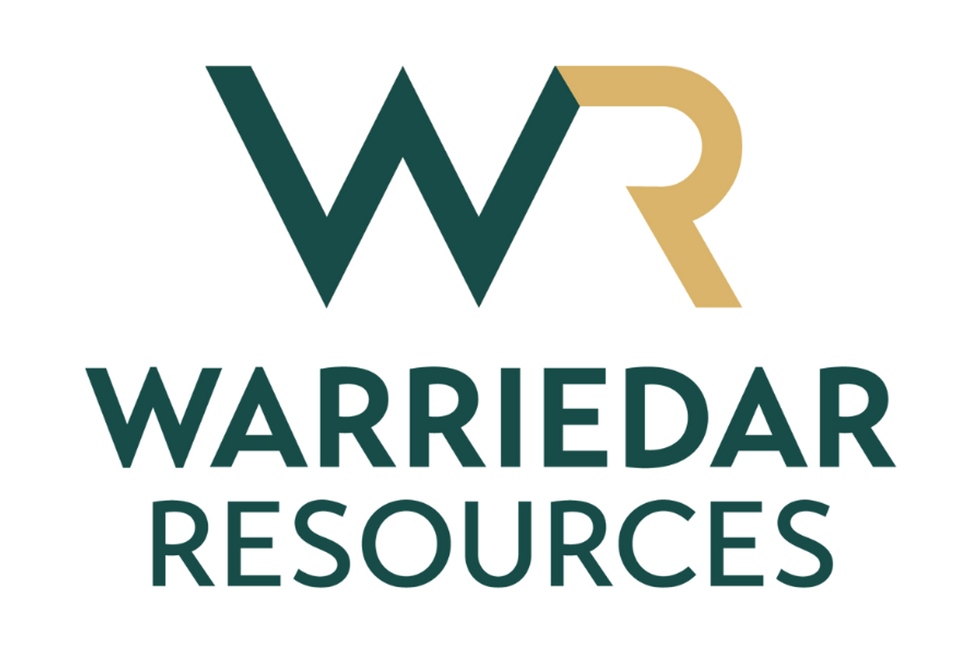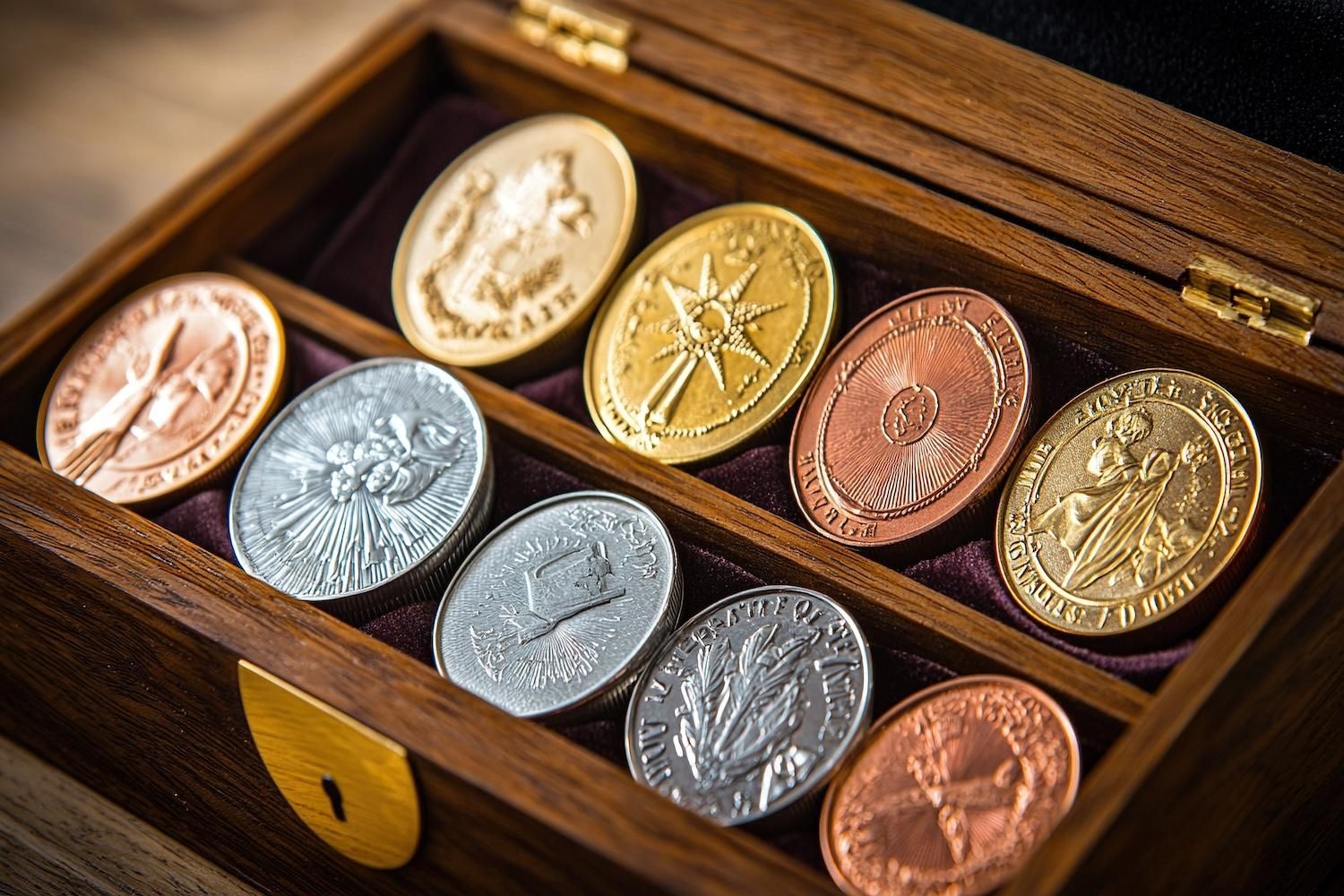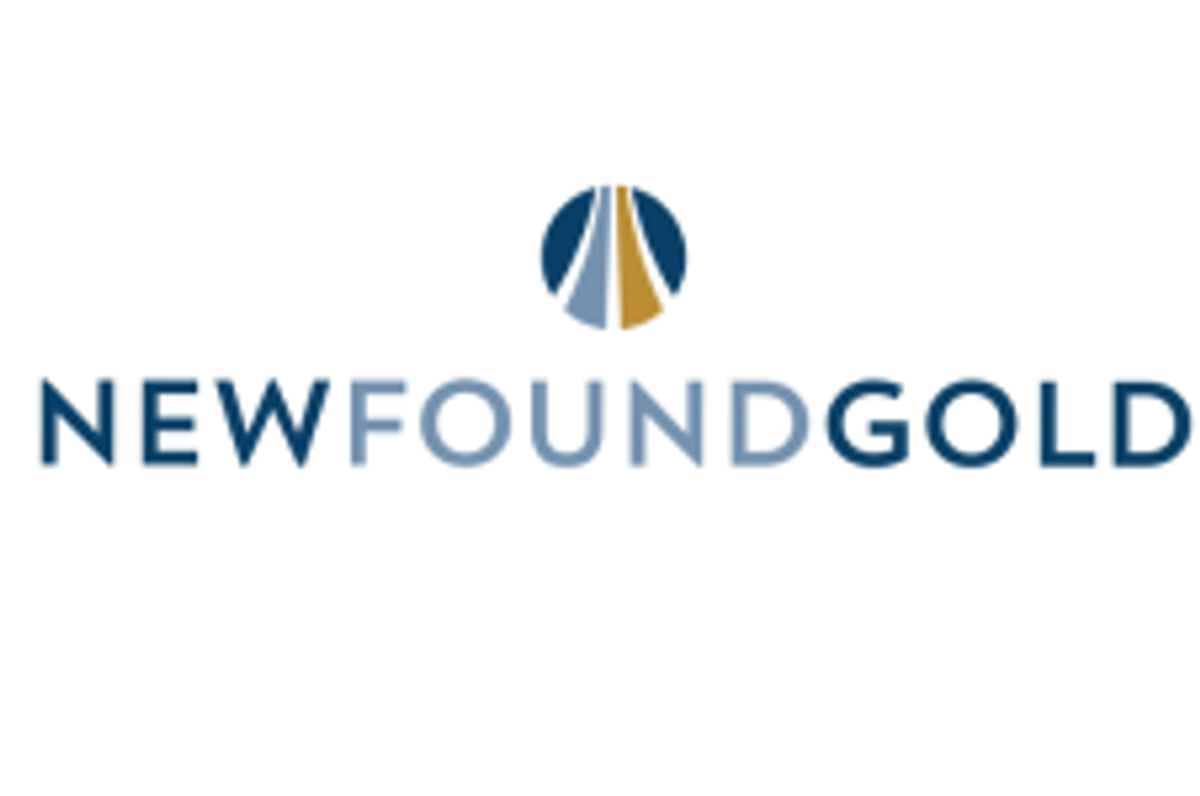
May 12, 2024
Warriedar Resources Limited (ASX: WA8) (Warriedar or the Company) is pleased to release the results of drilling undertaken at the Ricciardo deposit (previously known as Silverstone) within its Golden Range Project, located in the Murchison region of Western Australia.
HIGHLIGHTS:
GOLDEN RANGE
- Assay results for the remaining (3) RC holes drilled at the Ricciardo deposit have been received, with all holes intersecting significant gold intervals including:
- 4m @ 14.49 g/t Au from 188m, ending in mineralisation (RDRC039)
- 12m @ 1.91 g/t Au from 74m, ending in mineralisation (RDRC040)
- 7m @ 1.17 g/t Au from 119m (RDRC038)
- Results continue to increase the known extent of the high-grade shoot beneath the historic Ardmore pit.
- Drilling demonstrates significant additional mineralisation outside the current Mineral Resource model, with mineralisation remaining open at depth.
- These results build on the high-grade results already released for the Ricciardo deposit.
- Ricciardo sits in the middle of the 25km-long ‘Golden Corridor’ at Golden Range, which hosts six discrete deposits (18 historic pits) that are all open at depth and possess immediate growth potential.
- The ‘Golden Corridor’ is Warriedar’s key exploration focus in 2024, with further growth-focussed RC drilling set to commence in the next week.
FIELDS FIND
- Results from drilling at Rothschild continue to extend mineralisation along strike to the east (and remains open).
- New greenfields gold zone intersected at Provenance, located approx. 700m north of the Rothschild deposit.
Today’s results extend the high-grade shoot below the Ardmore pit and broaden the mineralisation envelope. Drilling continues to demonstrate the outstanding Mineral Resource growth potential that exists at Ricciardo and along the broader ‘Golden Corridor’ trend.
Assay results from drilling carried out at the Fields Find Project late last calendar year have also been received. Drilling at Fields Find successfully extended Rothschild to the east and highlighted a new greenfields discovery at the Provenance prospect (approximately 700m north of Rothschild).
Figure 1: The Golden Range and Fields Find Projects Mines and projects within trucking distance of the Warriedar tenure are shown. The location of the Ricciardo deposit within the 25km-long ‘Golden Corridor’ at the Golden Range Project is annotated.
Robust high-grade depth extensions continue at Ricciardo
The Ricciardo gold system (within the Golden Range Project) spans a strike length of approximately 2.3km, with very limited drilling having been undertaken below 100m depth. Ricciardo possesses a current Mineral Resource Estimate (MRE) of 8.7 Mt @ 1.7 g/t Au for 476 koz gold.1 The oxide material at Ricciardo has been mined by previous operators.
Click here for the full ASX Release
This article includes content from Warriedar Resources Limited, licensed for the purpose of publishing on Investing News Australia. This article does not constitute financial product advice. It is your responsibility to perform proper due diligence before acting upon any information provided here. Please refer to our full disclaimer here.
WA8:AU
The Conversation (0)
09 April 2024
Warriedar Resources
Advanced gold and copper exploration in Western Australia and Nevada
Advanced gold and copper exploration in Western Australia and Nevada Keep Reading...
18 November 2024
Targeted Exploration Focus Delivers an Additional 471koz or 99% Increase in Ounces, and a Higher Grade for Ricciardo
Warriedar Resources Limited (ASX: WA8) (Warriedar or the Company) is pleased to report on an updated MRE for its flagship Ricciardo Gold Deposit, part of the broader Golden Range Project located in the Murchison region of Western Australia. HIGHLIGHTS:Updated Mineral Resource Estimate (MRE) for... Keep Reading...
30 September 2024
Continued Delivery of High Grade Antimony Mineralisation at Ricciardo
Warriedar Resources Limited (ASX: WA8) (Warriedar or the Company) provides an update on its initial review of the antimony (Sb) potential at the Ricciardo deposit, located within its Golden Range Project in the Murchison region of Western Australia. HIGHLIGHTS:Review of the antimony (Sb)... Keep Reading...
29 September 2024
Further Strong Extensional Diamond Drill Results from Ricciardo
Warriedar Resources Limited (ASX: WA8) (Warriedar or the Company) provides further assay results from its Golden Range Project, located in the Murchison region of Western Australia. HIGHLIGHTS:All residual assay results received from the recent 2,701m (27 holes) diamond drilling program at... Keep Reading...
26 August 2024
Further Step-Out Gold Success and High-Grade Antimony Discovery
Warriedar Resources Limited (ASX: WA8) (Warriedar or the Company) provides further assay results from its Golden Range Project, located in the Murchison region of Western Australia. The results reported in this release are for a further 6 of the 27 diamond holes drilled in the current program at... Keep Reading...
01 August 2024
Infill Drilling of Ricciardo Deposit Delivers Significant Gold Mineralisation
Warriedar Resources Limited (ASX: WA8) (Warriedar or the Company) is pleased to provide an update on drilling progress and assay results from its Golden Range Project, located in the Murchison region of Western Australia (Figure 1). HIGHLIGHTS: Assay results for a further two (2) diamond tails... Keep Reading...
5h
What Was the Highest Price for Gold?
Gold has long been considered a store of wealth, and the price of gold often makes its biggest gains during turbulent times as investors look for cover in this safe-haven asset.The 21st century has so far been heavily marked by episodes of economic and sociopolitical upheaval. Uncertainty has... Keep Reading...
13h
Blackrock Silver Announces C$15 Million Strategic Investment by Two Cornerstone Purchasers
Blackrock Silver Corp. (TSXV: BRC,OTC:BKRRF) (OTCQX: BKRRF) (FSE: AHZ0) ("Blackrock" or the "Company") is pleased to announce a non-brokered private placement (the "Offering") of up to 13,636,363 units (the "Units") at a price of C$1.10 per Unit for gross proceeds of up to C$15,000,000. Each... Keep Reading...
21h
Gold Price Hits New Record, Breaks US$4,500; Silver, Platinum Also at All-time Highs
Gold marked a new price milestone on Tuesday (December 23), continuing its record-breaking 2025 run. The spot price rose as high as US$4,511.83 per ounce, hitting that point at 4:04 p.m. PST. Don't forget to follow us @INN_Resource for real-time updates!Securities Disclosure: I, Charlotte... Keep Reading...
23h
From Gold Coins to Copper Tools: Unique Festive Gifts for the Metals Investor
With pumpkin spice in the air, thoughts are turning to the biggest event of the year… No, not the curling championships — Black Friday and the start of the gifting season.Here at the Investing News Network, our team aims to provide relevant information to help readers make informed investment... Keep Reading...
22 December
TomaGold Intercepts 6.68% ZnEq (1.57 g/t AuEq) over 48.05 Metres, including 39.03% ZnEq (9.15 g/t AuEq) over 2.90 Metres at Berrigan Mine and Identifies a Major Hydrothermal Footprint
TOMAGOLD CORPORATION (TSXV: LOT; OTCPK: TOGOF) (“TomaGold” or the “Company”) is very pleased to announce the initial assay results from drill holes TOM-25-009 and TOM-25-010 at its Berrigan Mine project located in the Chibougamau mining camp, in Québec. These are the first two of seven holes for... Keep Reading...
Latest News
Interactive Chart
Latest Press Releases
Related News
TOP STOCKS
American Battery4.030.24
Aion Therapeutic0.10-0.01
Cybin Corp2.140.00







